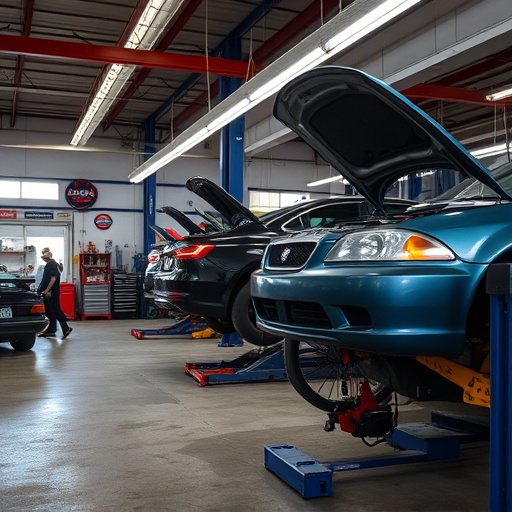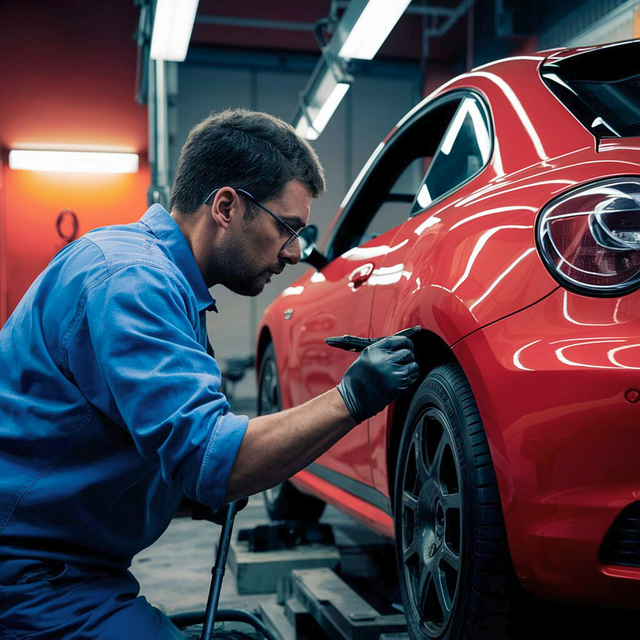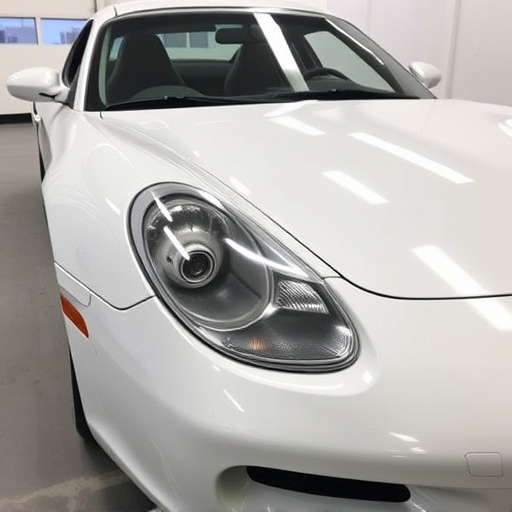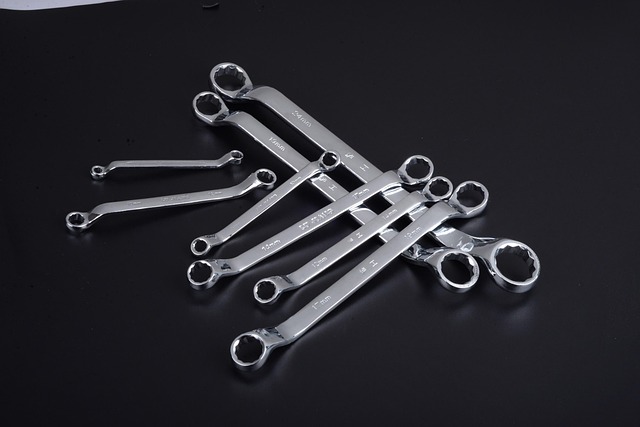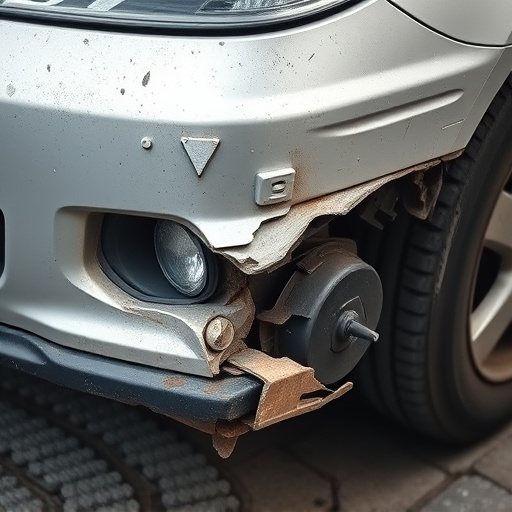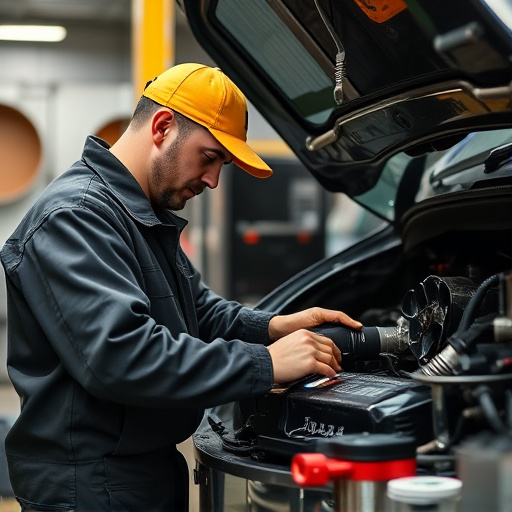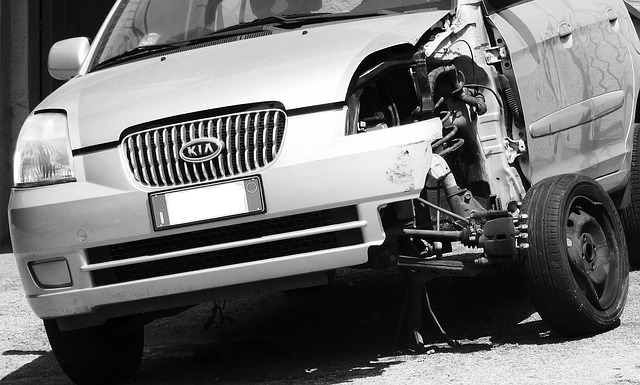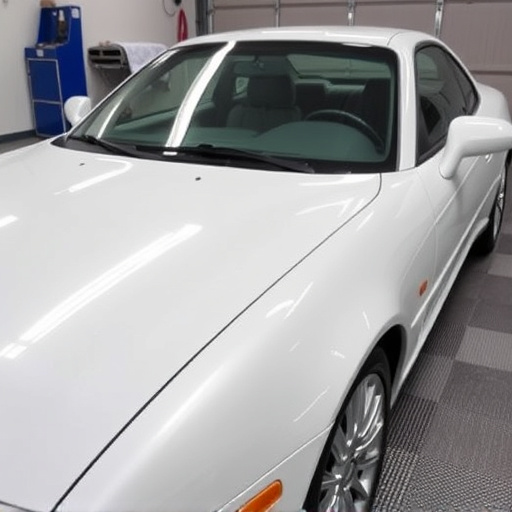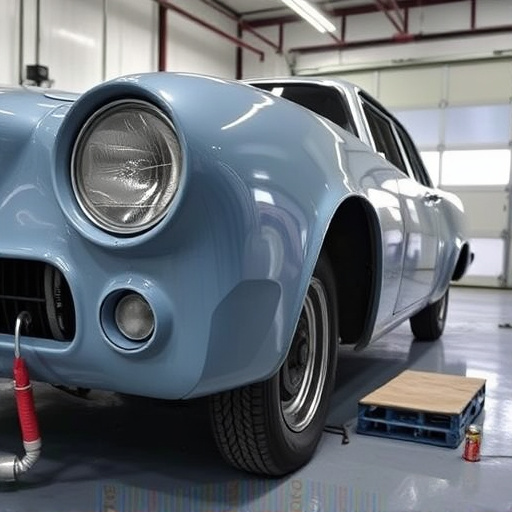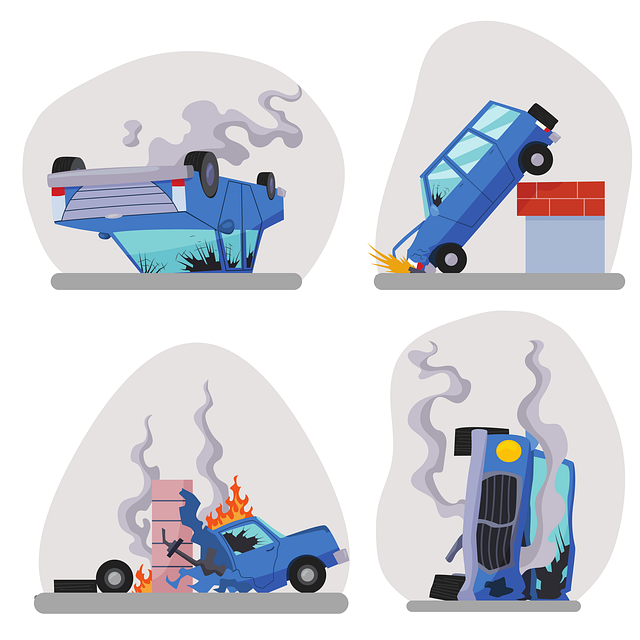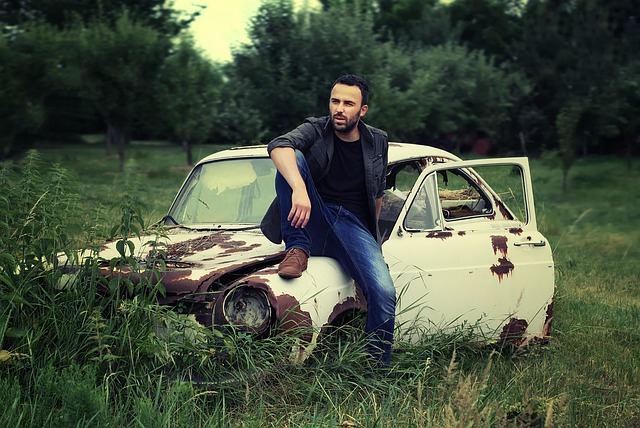To maximize efficiency with PDR equipment, prepare and organize your workspace, clear debris, and follow manufacturer instructions. Prioritize proper training for technicians using specialized tools like extractors and air guns to avoid subpar repairs or damage. Conduct a thorough environment inspection, ensuring adequate ventilation, lighting, safety gear, and vehicle suitability before utilizing PDR equipment.
“Uncover the secrets to flawless paint restoration with our guide on common mistakes to avoid when using PDR equipment. From initial preparation to final inspections, this comprehensive article ensures you master the art of PDR. We delve into critical aspects like proper training and environment check for safety, precise technique to prevent damage, and regular maintenance to prolong your tools’ lifespan. Learn how to identify paint types, apply minimal force, and inspect repairs meticulously using PDR equipment effectively.”
- Preparation and Setup
- – Ensuring proper training before using PDR equipment
- – Checking environment for safety and suitability
Preparation and Setup
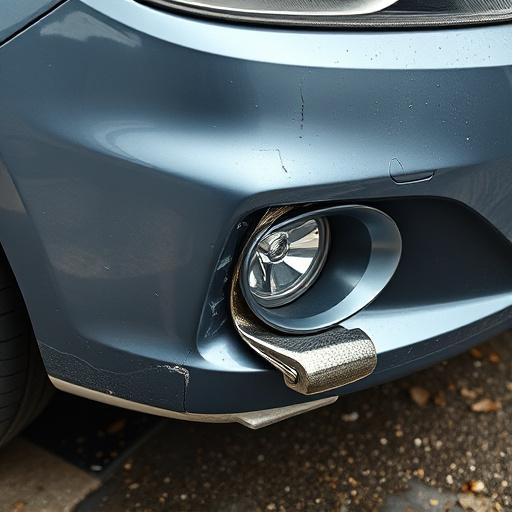
Proper preparation and setup are crucial steps to ensure efficient and effective use of PDR equipment during auto detailing or dent removal processes. Before initiating any car bodywork services, inspect your workspace and gather all necessary tools and materials. Clear the area of debris and obstacles, ensuring smooth access to the damaged areas of the vehicle. This involves removing loose items from the surface and providing a clean canvas for the subsequent steps.
Additionally, set up your PDR equipment according to the manufacturer’s instructions. Ensure that each tool is in working order and ready for use. Proper placement and organization of tools can significantly enhance productivity during dent removal processes. A well-prepared workspace not only streamlines the workflow but also minimizes the risk of errors or accidents, making it a fundamental aspect of achieving high-quality car bodywork services.
– Ensuring proper training before using PDR equipment
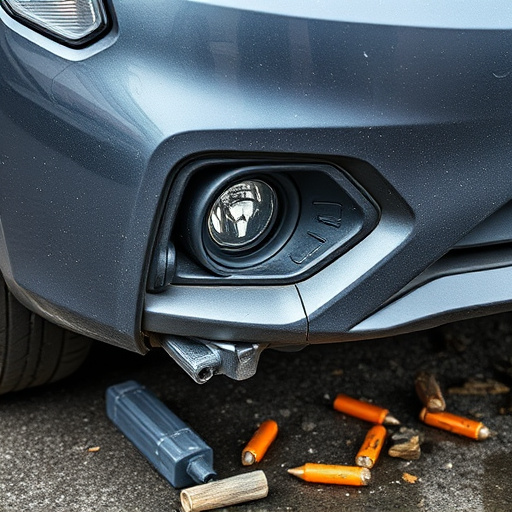
Before operating any PDR equipment, proper training is paramount. It’s essential to understand the intricacies and safety protocols associated with these specialized tools. Many auto body shops incorporate PDR (Paintless Dent Repair) techniques into their services, but without adequate training, technicians run the risk of causing further damage or even injury. A comprehensive training program should cover not only the theoretical aspects but also hands-on practice to ensure individuals are competent and confident in their abilities. This includes learning how to use various PDR tools like extractors, mallets, and air guns correctly, as well as understanding the different types of dents and the best methods for repair.
Adequate preparation is key when it comes to auto body work and bumper repair using PDR equipment. Trained professionals know that each dent is unique and requires a tailored approach. Skipping training might lead to subpar repairs or even damaging the vehicle’s paint finish. In an auto repair shop, where time and resources are valuable, ensuring that technicians are well-versed in PDR techniques can significantly enhance efficiency and customer satisfaction, making it a crucial step in any restoration process.
– Checking environment for safety and suitability
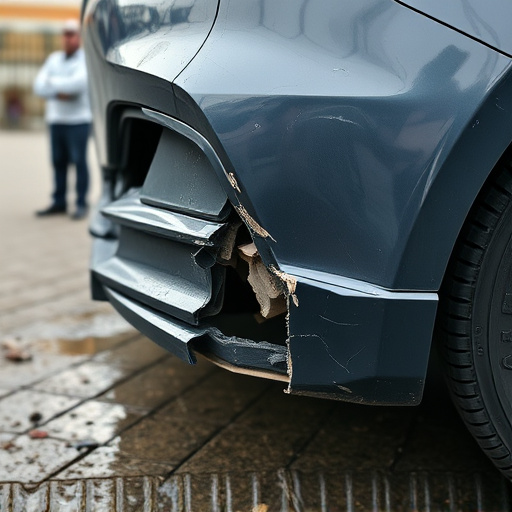
Before initiating any process with PDR equipment, it’s crucial to inspect the environment for safety and suitability. This involves ensuring that the workspace is well-ventilated to handle any fumes or debris produced during the repair process. The area should be clear of obstacles and properly lit to facilitate ease of movement and accurate assessments. Safety gear, including gloves, eye protection, and appropriate clothing, must be worn by all personnel involved in auto repair services utilizing PDR equipment.
Additionally, verify that the vehicle’s bodywork is ready for PDR treatment; frame straightening techniques should only be applied after assessing the damage and determining their appropriateness. The environment’s suitability also includes checking for adequate power sources to operate the equipment efficiently without any hitches. These preliminary checks are integral to a successful and safe PDR process, ensuring that auto repair services adhere to best practices and standards in vehicle bodywork restoration.
When utilizing PDR (Paintless Dent Repair) equipment, proper preparation and a safe environment are key. Ensuring that all users are adequately trained and that the workspace is suitable for the task at hand are fundamental steps to avoid common mistakes. By focusing on these aspects, you can maximize the efficiency and effectiveness of your PDR process, delivering superior results with every repair.
